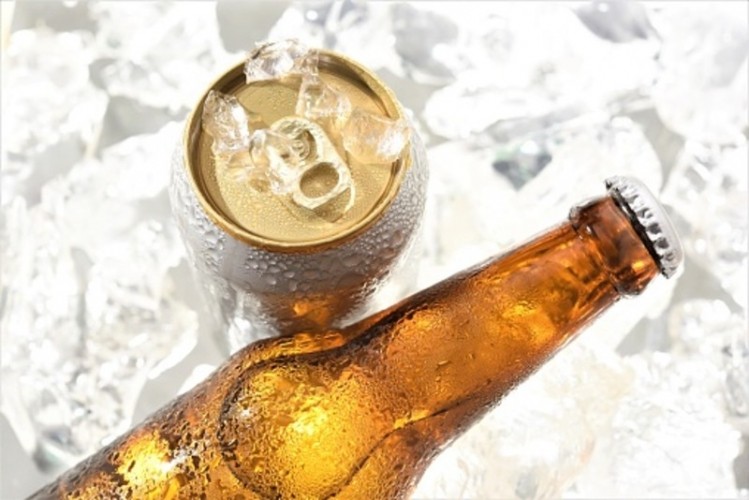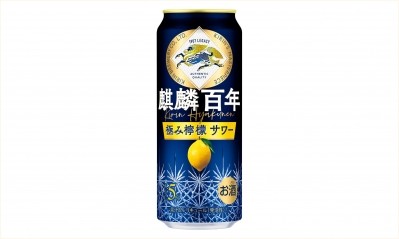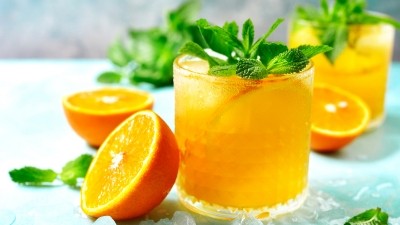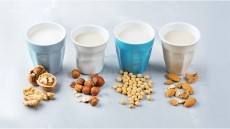Booze boost: New Kirin data reveals China domination of global beer consumption rankings

According to Kirin’s latest Global Beer Consumption Report covering findings from 2021 about beer consumption in 170 major markets worldwide, China has emerged as the largest beer-consuming country in the year with a total of 38.1bn litres, taking up 20.5% of the global market share.
This is no mean feat as it was seen to not only be the largest global consumer of beer but also one of the only major Asian markets to see an increase in consumption - by 5.6% - amidst significant decreases in many other regional markets.
“Japan saw a decrease of 5.2% from the previous year to 4.1bn litres (2.3% market share), its first decline in 15 years,” Kirin Holdings Corporate Communications spokeswoman Katsura Muraoka told FoodNavigator-Asia.
“Many other Asian markets [that are traditionally strong beer consumers] which showed decreases in consumption included Vietnam which dropped 5.5% to 4.2bn litres (5.2% market share), South Korea which dropped 3.2% to 1.88bn litres (1% market share) and Thailand which dropped 3% to 1.75bn litres (0.9% market share) year-on-year.
“India on the other hand saw a growth of 28.2%, the largest on the list, to 2.2bn litres [but took just] 1.2% of market share – this was largely due to the impacts of COVID-19 on the local market the year before.”
The Asian markets made up a total of six of the 25 top beer consumption markets worldwide, with China in first place followed by Japan (eighth), Vietnam (ninth), India (14th), South Korea (21st) and Thailand (24th).
The United States took the second spot with 24.2bn litres (13% market share) and Brazil came in third with 14.5bn litres (7.8% market share). India aside, the largest growth in beer consumption was seen in South Africa at 19.1% to 3.9bn litres (2.1% market share).
“Despite the general decrease [across Asia], the region still came in as the top beer consumption market worldwide with 58.3bn litres, growing 3.1% year-on-year to take 31.4% or almost a third of the global market,” said Muraoka.
“This was significantly more than its closest runner-up Europe, which consumed 49.1bn litres of beer and saw a 3.2% growth to 26.5% of the global market share.”
Total global beer consumption grew 4% year-on-year to come in at 185.6bn litres worldwide - an equivalent of 293.2 billion 633ml beer bottles.
Sustainable uses
Given the large volume numbers floating around, there is evidently a lot of waste and by-products leftover from beer production that would normally go to waste, but with the rise of the upcycling trend in recent years, many manufacturers and brewers today are striving to ensure that no part of their processes go to waste.
For instance, Kirin has developed a technique to utilise the beer by-product hemicellulose to make packaging for cosmetic products, done in collaboration with FANCL.
“The Kirin Packaging Innovation Laboratory is the first in Japan to develop a plant-based cosmetics packaging from the by-product of beer,” said Muraoka.
“Adopting this plant-derived hemicellulose instead of using petroleum-derived raw materials [makes it] possible to reduce carbon dioxide generation and contribute to the prevention of global warming.”
Kirin is also looking at using the extracted hemicellulose as packaging for various other products.
Per capita pressure
That said, it is also noteworthy that the results of Kirin’s study showed in terms of per capita consumption, not a single Asian country made it into the top 30 listing worldwide with the highest-ranked being Cambodia in the 32nd spot with an average per capita beer consumption of 58.3 litres.
South Korea came in 52nd with a per capita consumption of 36.5 litres, Japan was 53rd with 33.2 litres, the Philippines was 78th with 13.2 litres and Myanmar was 94th with 6.6 litres.
These volumes are already small compared with top ranker the Czech Republic’s 184.1 litre per capita consumption, but all four countries also showed an overall decrease in consumption in 2021.





















